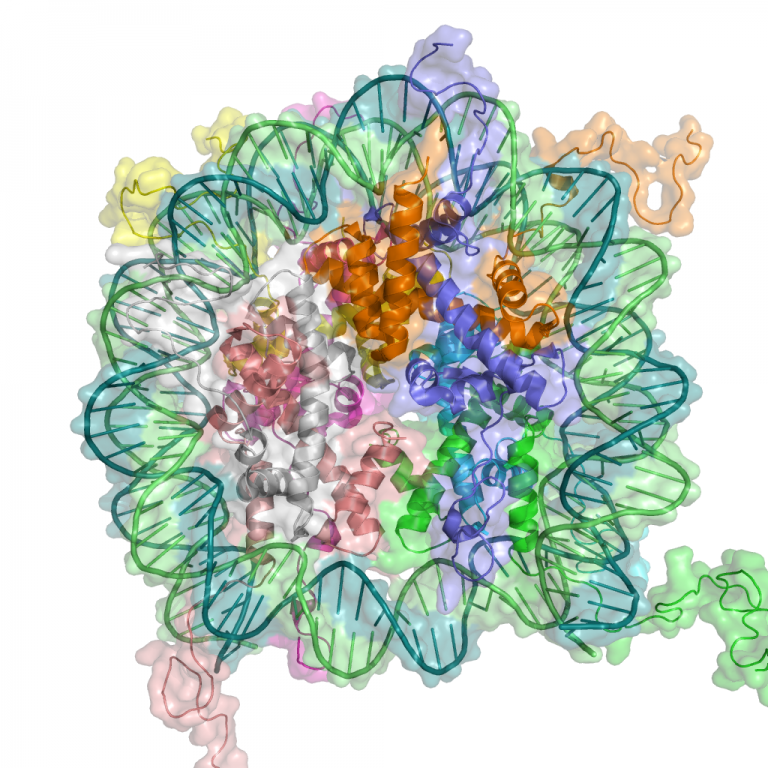Chromatin structure stabilizes and compacts the genome to package it within the nucleus. This structure also serves as a dynamic regulator of gene expression, silencing or activating transcription depending on molecular signals impinging upon it. It has been understood for the past two decades that chromatin stabilizes gene readout after cell-fate determination, establishing and perpetuating the precise pattern of genes transcribed in a given cell to maintain its phenotype (1, 2). But what about dynamic regulation of chromatin structure and its biological role? On page 300 of this issue, Yang et al. (3) describe how dynamic regulation of chromatin remodeling controls cerebellar circuit development, function, and cerebellum-dependent learning and memory, and challenge prevailing epigenetics dogma in the central nervous system.







